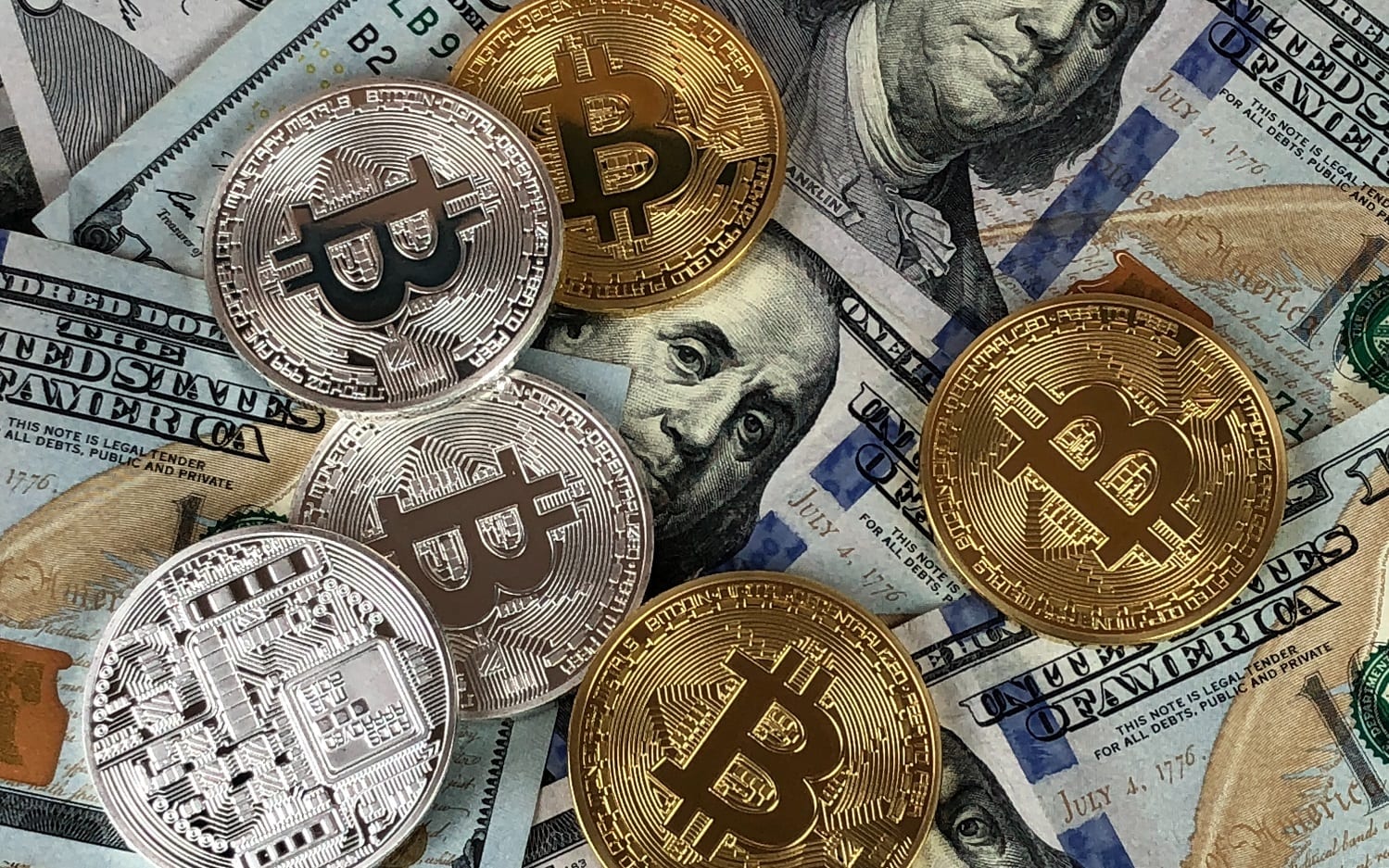Si alguien puede pasar el articulo del WSJ que ha puesto el OP lo agradeceria. Soy un pobreton que no puede permitirse hacerse socio del WSJ.
Bitcoin Creator Satoshi Nakamoto Could Be Unmasked at Florida Trial
Lawsuit over a $64 billion cache looks beyond the pseudonym to solve the mystery of who created the cryptocurrency
Craig Wright, who has said he created bitcoin, addressed a conference in New York early last month.
Photo: Eugene Gologursky/Getty Images for CoinGeek
Updated Nov. 13, 2021 11:08 pm ET
A seemingly run-of-the-mill trial is playing out in Florida: The family of a deceased man is suing his former business partner over control of their partnership’s assets.
In this case, the assets in question are a cache of about one million bitcoins, equivalent to around $64 billion today, belonging to bitcoin’s creator, the pseudonymous Satoshi Nakamoto. The family of the dead man says he and his business partner together were Nakamoto, and thus the family is entitled to half of the fortune.
Who Satoshi Nakamoto is has been one of the financial world’s enduring mysteries. Does the name refer to one person? Or several? And why has he or she or they not touched a penny of that fortune?
The answers to those questions are at the center of the Florida dispute and of bitcoin itself. Bitcoin has become a trillion-dollar market, with tens of millions of investors. It has challenged
governments trying to regulate it and has been
endorsed by some. The technology behind it is seen by some as a way to rewire the global financial system. Yet, who created it and why has remained a mystery.
That is what a Florida jury will try to tackle. The family of David Kleiman is suing his former business partner, a 51-year-old Australian programmer living in London named Craig Wright. Mr. Wright has been arguing since 2016 that he created bitcoin, a claim dismissed by most in the bitcoin community. Mr. Kleiman’s family argues that the two worked on and mined bitcoin together, entitling Mr. Kleiman’s family to half a million bitcoins.
“We believe the evidence will show there was a partnership to create and mine over one million bitcoin,” said Vel Freedman, a lawyer for the Kleiman family.
The plaintiffs plan to produce evidence showing that the two were involved in bitcoin since its inception and worked together.
“It is about two friends who had a partnership, and about how one of them tried to take everything for himself after the other died,” said Tibor Nagy, a lawyer who has been observing the trial.
The defense said it has evidence that will show Mr. Wright is the creator of bitcoin and never included Mr. Kleiman. “We believe the court will find there’s nothing to indicate or record that they were in a partnership,” said Andrés Rivero, a lawyer for Mr. Wright.
For bitcoiners, there is only one piece of evidence that could conclusively prove the identity of Satoshi Nakamoto: the private key that controls the account where Nakamoto stored the one million bitcoins. Anyone claiming to be Satoshi Nakamoto could show that he or she has them by moving even a fraction of a coin out of it.
Bitcoin Miners Tap Hydropower as Environmental Criticism Grows
A bitcoin mining facility in upstate New York is using electricity from a local hydroelectric plant powered by the Niagara River. The company is part of a group of miners attempting to make the industry more sustainable, both environmentally and financially. Illustration: Alex Kuzoian/WSJ
The mystery of Satoshi Nakamoto is one of the curiosities of bitcoin. On Oct. 31, 2008, somebody using that name sent a nine-page paper to a group of cryptographers explaining a system of “electronic cash” that allowed people to exchange value without the need for a bank or other party. A few months later, the bitcoin network went live, and Nakamoto collected one million bitcoins in its first year.
It was earlier in 2008 that the family of Mr. Kleiman claims his business partner Mr. Wright asked for Mr. Kleiman’s help in what would become that nine-page paper. They collaborated on the white paper and launched bitcoin together, the suit alleges.
Bitcoin combined encryption, cryptography, distributed computing and game theory. With bitcoin, two people, anywhere in the world with an internet connection, could transact without a middleman in minutes.
For every single one of the more than 650 million bitcoin transactions, all publicly visible on a ledger called the “blockchain,” there are two strings of numbers that control how the digital currency is moved: a public key and a private key. Anybody can send bitcoin to the public key, or the destination address, which is similar to a bank account. Only the person who controls the account will have the private key and essentially own the bitcoin.
In bitcoin’s early days, nobody cared much about Nakamoto’s identity. Bitcoin had no tangible value and only a small group of backers. Nakamoto was active in its development for about two years, writing on message boards and emailing with developers. In December 2010, Nakamoto, who was known to use two email addresses and have one registered website, stopped posting publicly; essentially, Nakamoto disappeared.
What El Salvador's Bitcoin Experiment Looks Like
El Salvador became the first country in the world to adopt bitcoin as its national currency, allowing people to use a digital wallet to pay for everyday goods. Here is what the impoverished nation’s risky experiment looks like. Photo: Marvin Recinos/Agence France-Presse/Getty Images
The universe of people with the technical knowledge to create bitcoin is limited. Most of the prominent names in cryptography have been tagged as Nakamoto. All have denied it, and no evidence has ever linked anyone conclusively to bitcoin’s creation.
Meanwhile, in 2011, Mr. Kleiman incorporated a company in Florida called W&K Info Defense Research. His family alleges that it was a partnership and that Mr. Wright later tried to claim outright ownership. The defense says there was in fact no partnership.
Mr. Kleiman died on April 26, 2013.
The next year, Newsweek reported that a man with the same last name as Satoshi—Dorian Nakamoto—was bitcoin’s creator. He denied the claim, and on a message board, a one-sentence post from an account known to have been used by the real Nakamoto agreed: “I am not Dorian Nakamoto.” If that was a genuine message from bitcoin’s creator, it is the last public correspondence from Nakamoto.
In May 2016, Mr. Wright claimed
that he was bitcoin’s founder. He met with several early bitcoin pioneers, gave exclusive interviews to three media outlets and filled a website with papers he had written about cryptography and bitcoin.
Three days later,
facing withering criticism, he dropped the claim. He pulled everything off the website and replaced it with a four-paragraph apology. “I broke,” he wrote. “I do not have the courage. I cannot.” He has since renewed his insistence that he created bitcoin.
Whether Mr. Wright or Mr. Kleiman possesses or possessed the knowledge to have created the cryptocurrency is contested.
Mr. Wright “has been hacking, bamboozling and fooling people, playing the confidence game,” said Arthur van Pelt, a bitcoin investor who has emerged as one of Mr. Wright’s most vocal critics. “There is no genuine, independent, credible proof whatsoever.”
Mr. Kleiman’s computing expertise was known to be extensive. It is possible that Mr. Kleiman created bitcoin, Emin Gun Sirer, founder of Ava Labs, said, but there isn’t enough information to be sure. “It’s an open question,” he said.






 www.finanzas.com
www.finanzas.com
